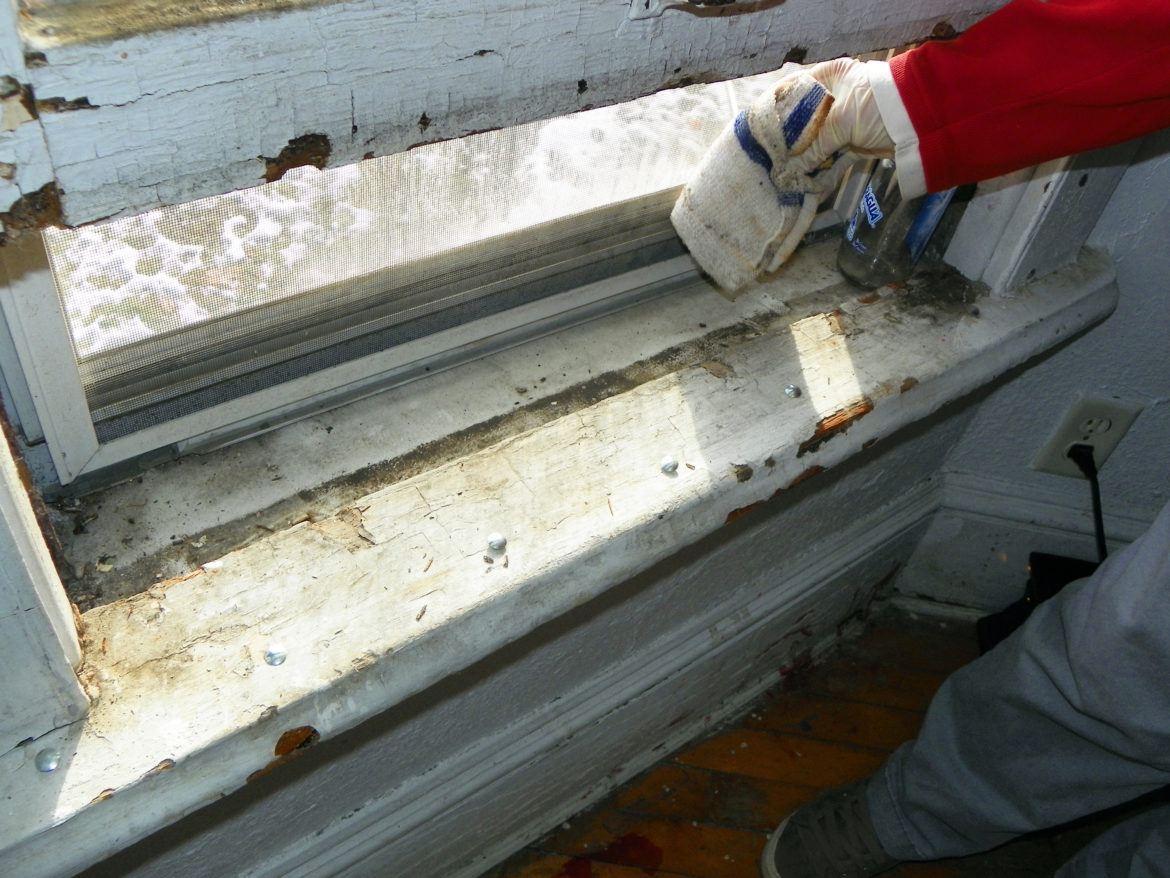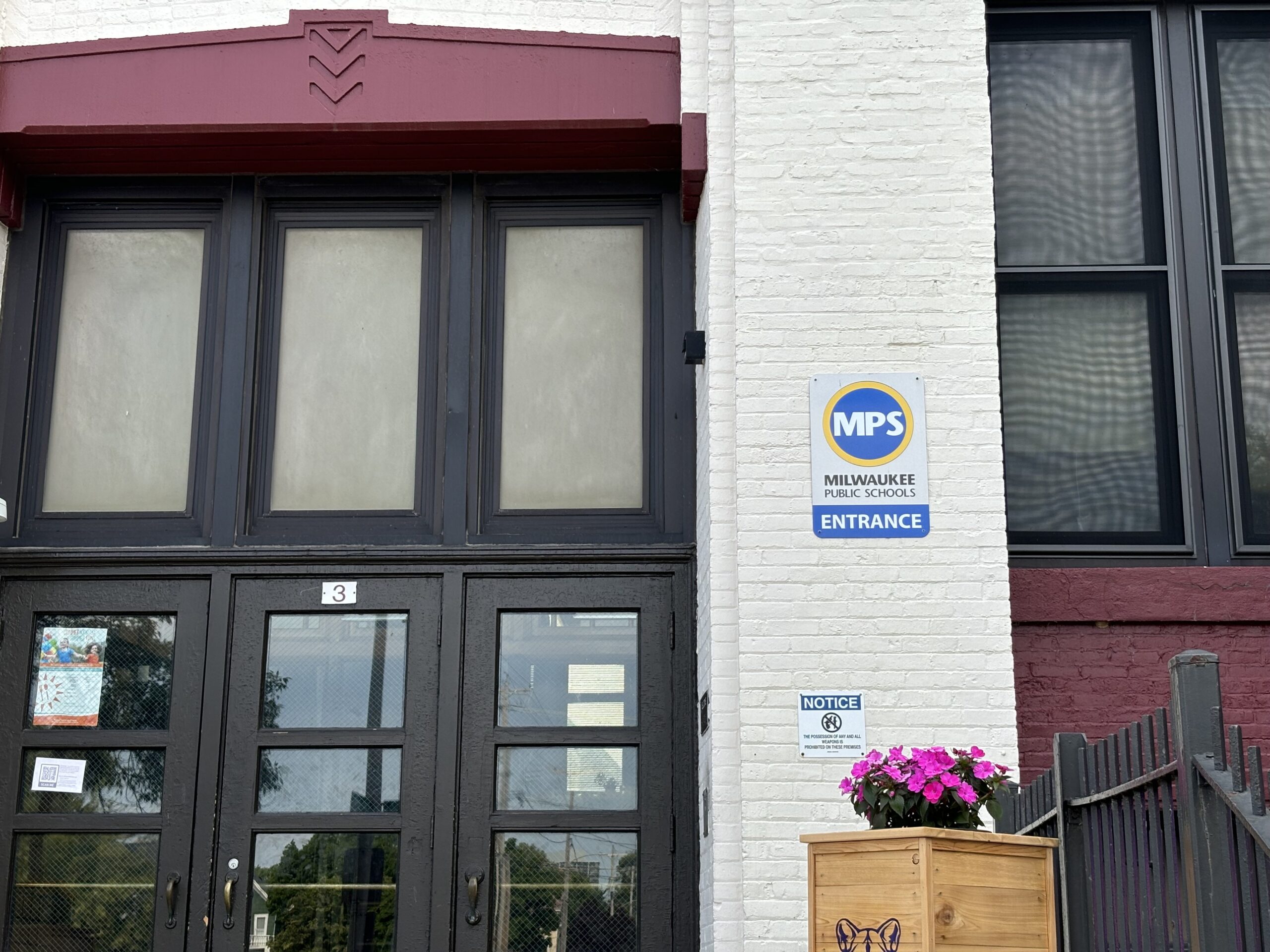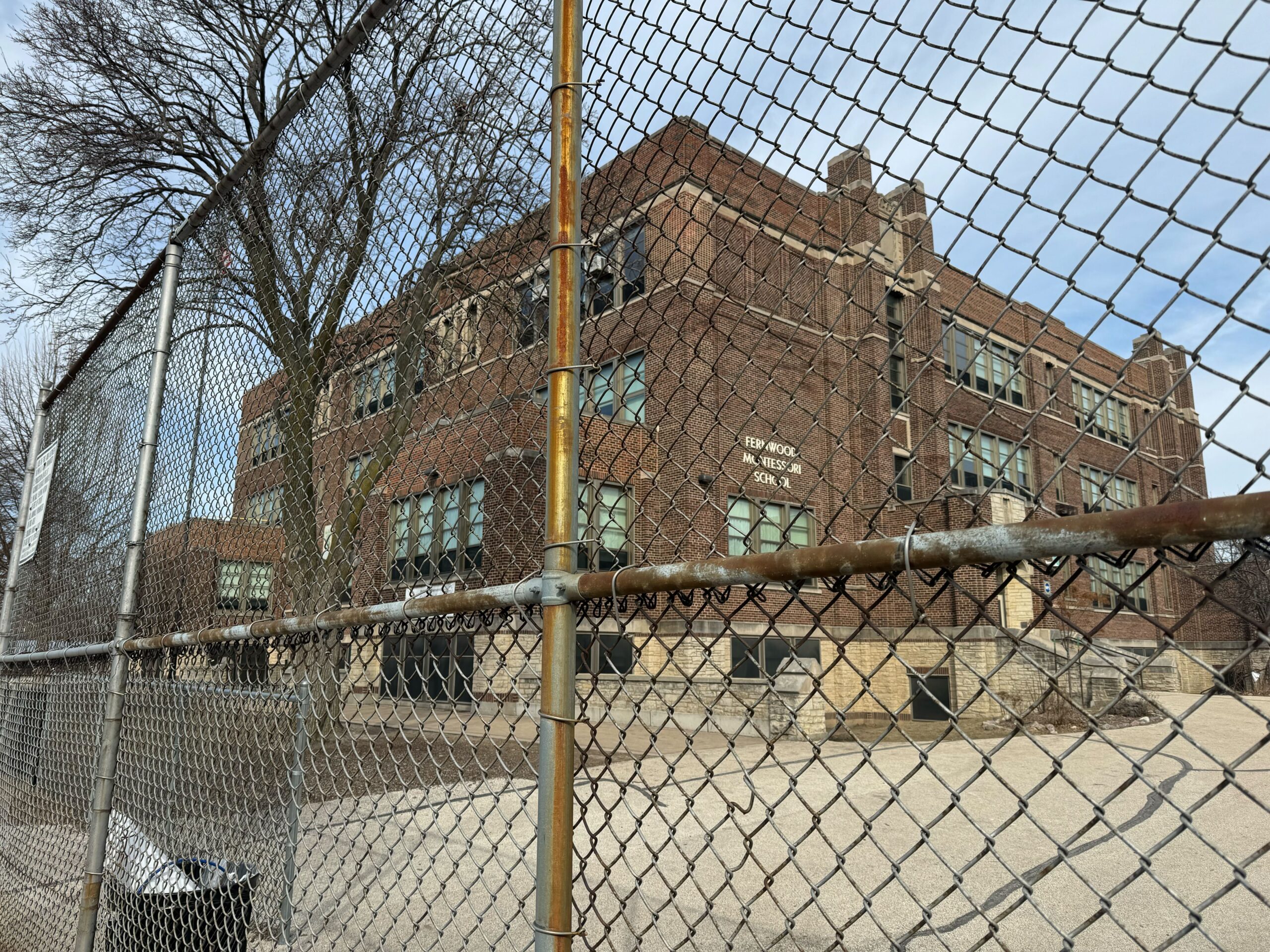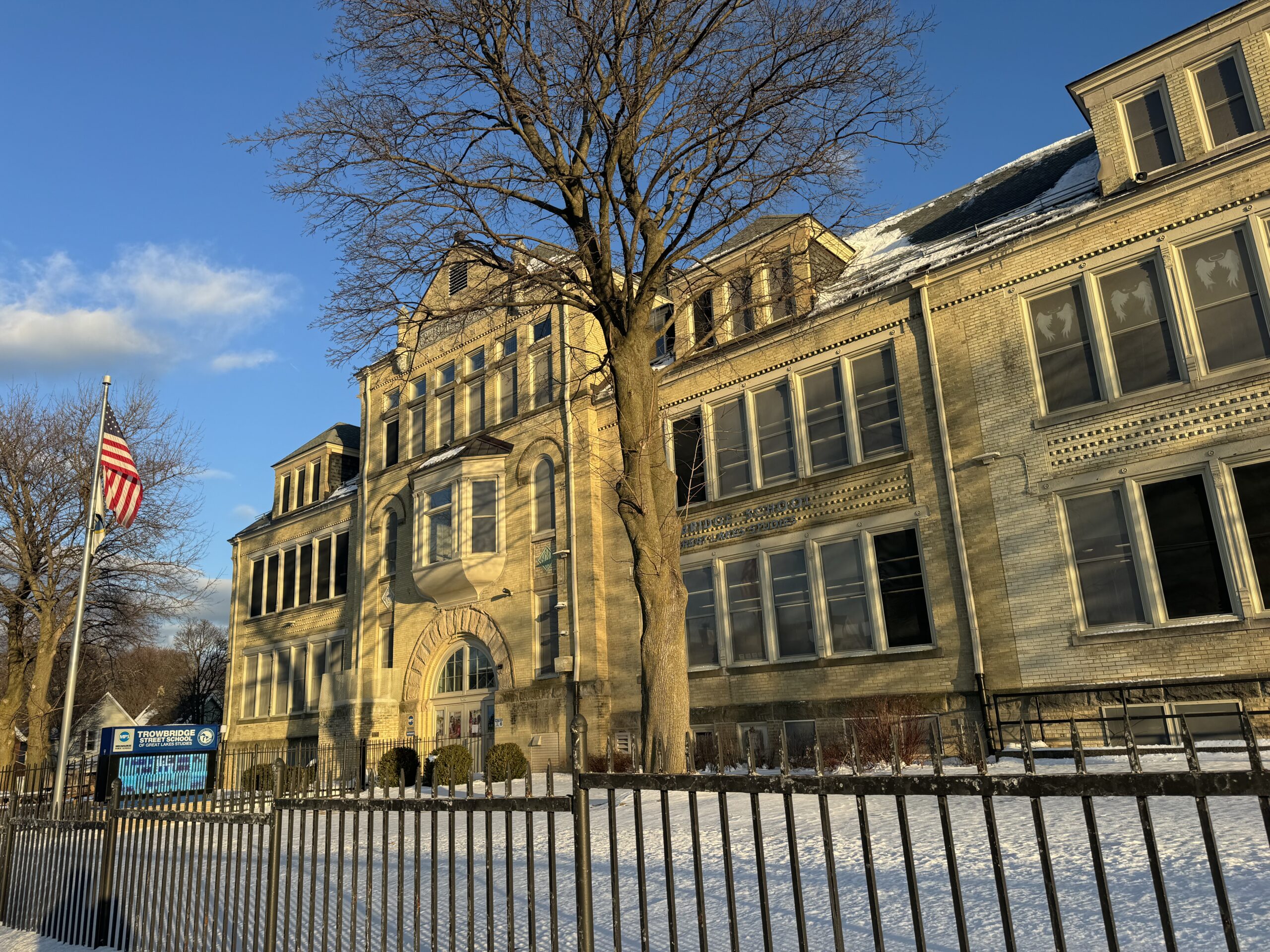Health officials in Milwaukee are testing more schools for high levels of lead after two more students have tested positive for lead poisoning.
City officials gathered last week to announce dangerous levels of lead dust had been found at Golda Meir School and Kagel Elementary School in Milwaukee. One student at each of those schools tested positive for lead poisoning.
A lead risk assessment released Tuesday by the Milwaukee Health Department showed dangerous levels of lead in dust samples at Golda Meir School. All floors and windowsills at that school are considered to be a “dust lead hazard,” according to the report.
Stay informed on the latest news
Sign up for WPR’s email newsletter.
“We advised MPS [Milwaukee Public Schools] that you need to treat all … surfaces as a lead hazard,” Tyler Weber, the health department’s deputy commissioner for environmental health, said during a Tuesday press conference.
The department also released the lead risk assessment report for Kagel Elementary School late Wednesday, which found some floors and window sills at the school were above the “lead hazard standard” in dust samples.
On Tuesday, health officials said two additional students have tested positive for lead poisoning. Those students attend Maryland Avenue Montessori School and Trowbridge Street School of Great Lakes Studies.
Weber confirmed health department staff will soon complete lead risk assessments for those schools, as well.
Mike Totoraitis, the city’s health commissioner, called the recent lead poisonings an “evolving situation.”
“Time is of the essence, and we moved really quickly once we identified Golda Meir (School) and now have been obviously tracking other schools,” Totoraitis said.

The health department couldn’t disclose the ages of the children who tested positive because of federal privacy laws. Golda Meir School is a magnet school that educates children in third through 12th grade. Kagel is on the city’s south side and has students in kindergarten through 8th grade.
Children who are younger than 6-years-old are, “especially vulnerable to lead poisoning,” according to the Mayo Clinic. Lead poisoning can affect mental and physical development in children.
‘Deteriorated paint’ on the walls of school, report finds
Lead dust is often formed as lead paint chips and wears down, according to the U.S. Centers for Disease Control and Prevention. Weber said lead dust can be especially hazardous for children because they can spread it easily when they get it on their hands.
Under federal standards, lead dust on windowsills is considered hazardous at levels of more than an average of 100 micrograms per square foot, Weber said. At Golda Meir School, the assessment found that number was 1,600 micrograms per square foot on the third floor of the school — 16 times higher than the federal standard.
“You don’t have to be a lead risk assessor to go in and see that there’s deteriorated paint, that there’s paint chips on the walls,” Weber said about the report.
The department issued an order to the district Feb. 6 to repair all the lead hazards identified in the report. Totoraitis said it’s safe for students to still be at the school, as long as staff with Milwaukee Public Schools adhere to the cleaning orders issued by the health department.
“So, lead cleaning is difficult, but it’s certainly possible,” Weber said. “When you do a good deep cleaning, you can immediately remove a lot of the dust that is there. So, that is really key.”

Weber said the goal is for the district to move as “swiftly and quickly as possible.”
“The concern is that this work wasn’t maintained on the front end,” Weber said. “We are seeing them respond to our orders.”
Even so, Weber said they’re consulting with the city attorney’s office to see if they have any authority to possibly close schools where there are high levels of lead.
“That’s a question we’ve been talking about ourselves,” he said.
During another press conference on Tuesday, Sean Kane, the senior director of facilities and management with the district, called the health department report “alarming.”
He said the district has “certified lead paint renovator painters” who have been working inside Golda Meir School.
“So yes, we do believe we are moving in the right direction,” Kane said.
The lead risk assessment report for Kagel Elementary School said all window sills and floors on the ground floor are considered a “dust lead hazard.” It also found some other window sills and floors on the first, second and third floors were above the lead hazard standard.
A statement from a district spokesperson said workers have already been painting surfaces at the school to, “encapsulate and stabilize areas of concern.”
“The district continues to take very seriously the Milwaukee Health Department’s directives to clean and remedy lead hazards in district school buildings,” the statement said. “Milwaukee Public Schools will continue to work closely with the Health Department to resolve this matter.”
Properties built before 1978 are a concern
A letter from the Milwaukee Health Department said MPS must “significantly improve” detection and control of “lead hazards.” That includes prioritizing inspections in schools built before 1978 and attended by young children, as well as cleaning horizontal surfaces more often, the letter said.
When asked by reporters Tuesday, Kane couldn’t give a number of how many district properties were built before lead-based paint was banned in 1978. He said the average age of a district property is 82-years-old.
Golda Meir was built in 1890, Kagel in 1891.
Weber said people should assume lead paint was used for any building built before 1978. He said properties in the district have “a lot” of paint on their bookshelves, radiators, pipes, doors and walls.
“So, ongoing monitoring of painted surfaces of any building pre-1978 is very critical,” Weber said.
Wisconsin Public Radio, © Copyright 2025, Board of Regents of the University of Wisconsin System and Wisconsin Educational Communications Board.



